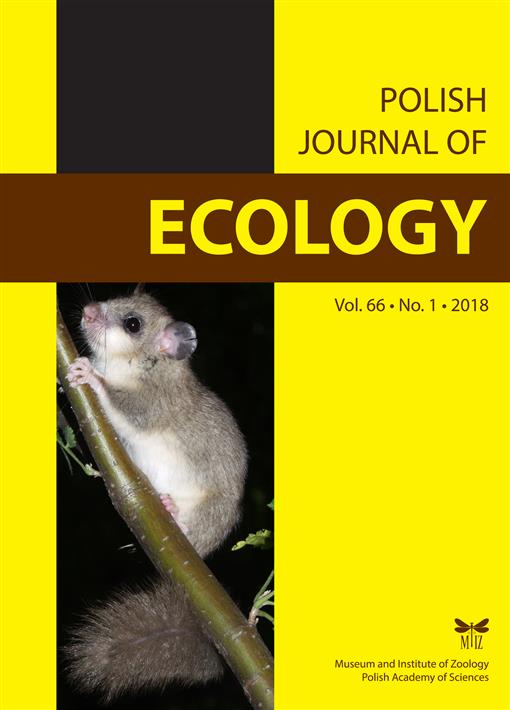The effect of meadow management type on selected population traits of the rare plant Angelica palustris was examined. The study was carried out in a regularly mown meadow (Plot I), an abandoned meadow with medium high plants (Plot II) and an abandoned meadow with high plants (Plot III) situated in southern Poland (Proszowice Plateau). Observations conducted in the years 2010 and 2011 showed greater abundance of A. palustris in Plot I than in Plots II and III. This pointed to the significance of disturbance caused by mowing, which creates gaps in the plant cover and litter layer that become safe sites for A. palustris seedling recruitment and their subsequent growth. In the abandoned meadows a diminishing share of vegetative individuals and a reduction in the number of flowering stems in generative individuals were found. The height of generative stems in the abandoned meadows was higher than in the mown one as a response to the height of neighbouring plants. The number of umbels per stem and number of umbellets per umbel were positively correlated with the height of the stem. In light of our investigations, it can be stated that regular mowing has a beneficial effect on the state of populations of A. palustris. On the other hand, the formation of highly productive generative stems with substantial numbers of inflorescences and infructescences in abandoned meadows may promote successful seed dispersal and an escape from an unfavourable site.
How to translate text using browser tools
1 April 2018
Variability of Morphological Traits of the Rare Plant Species Angelica palustris (Apiaceae) in Managed and Abandoned Meadows: Effect of Mowing
Kinga Kostrakiewicz-Gierałt,
Alina Stachurska-Swakoń,
Krystyna Towpasz
ACCESS THE FULL ARTICLE

Polish Journal of Ecology
Vol. 66 • No. 1
March 2018
Vol. 66 • No. 1
March 2018




